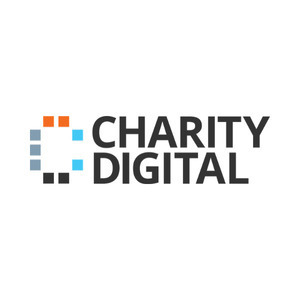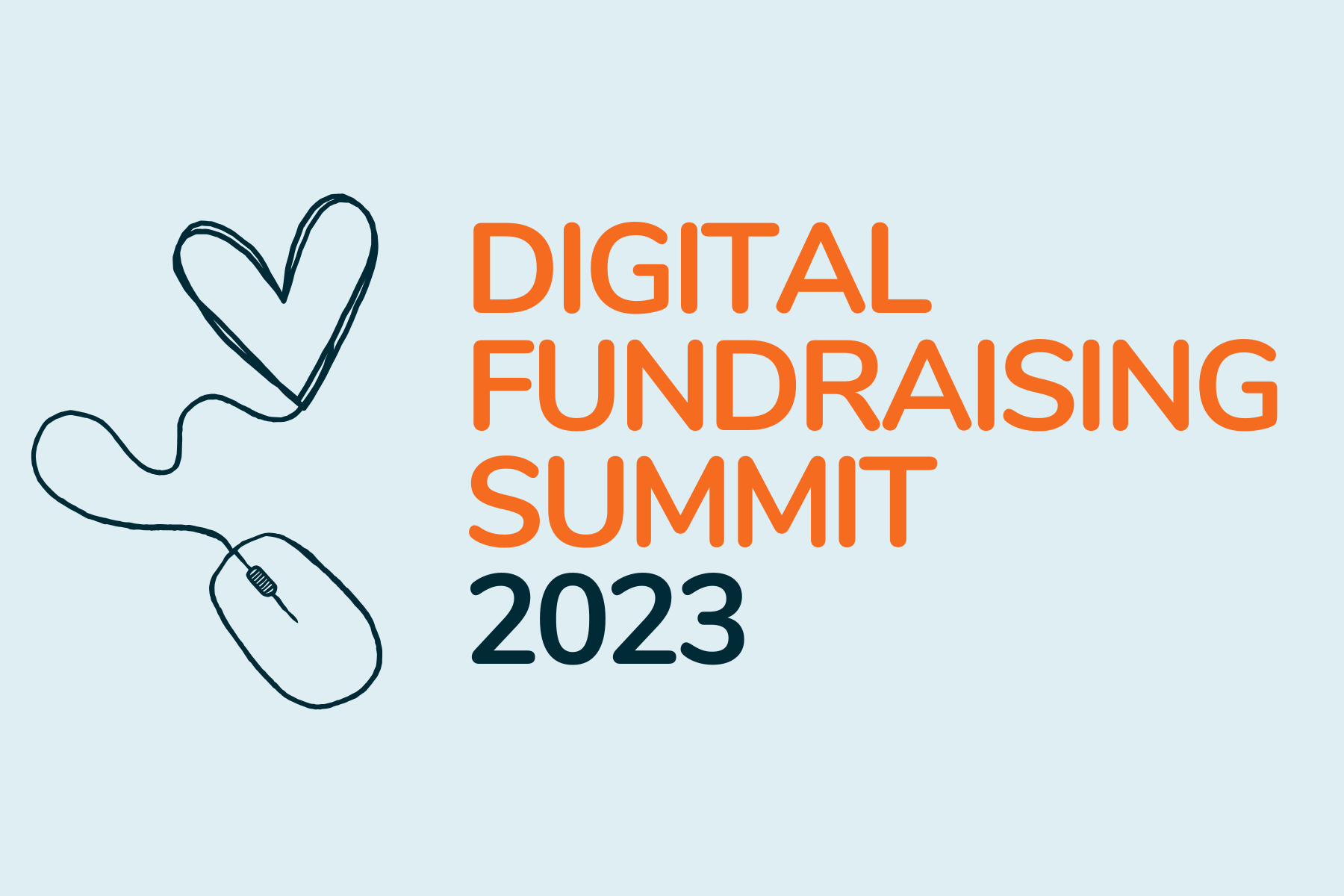Insights
INSIGHTS
All Topics
How to retain donors and boost fundraising with data
26 Mar 2024by Josie Sparling
You have viewed all of your 1 articles as an unregistered user
To continue reading this article please register.
For unlimited access to our free content, please register.
Josie Sparling
More on this topic
Recommended Products
Related Videos
21 Mar 2025by Christine Chiu
How to make the most of a conference
20 Mar 2025by Ioan Marc Jones
Why charities need to centre service users
Our Events
Charity Digital Academy
Our courses aim, in just three hours, to enhance soft skills and hard skills, boost your knowledge of finance and artificial intelligence, and supercharge your digital capabilities. Check out some of the incredible options by clicking here.





















